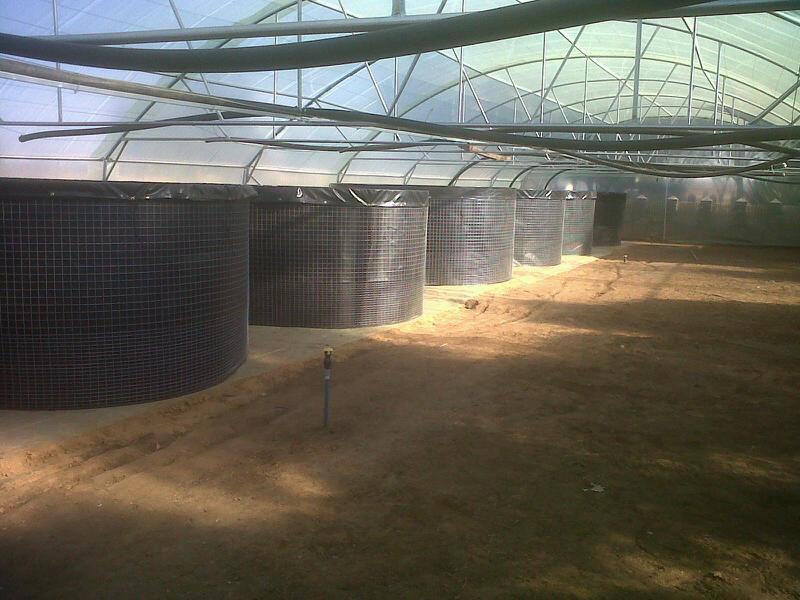Posted by Henri Pereira on 6th Jun 2020
FISH FARMING (AQUACULTURE) HYPE IN SOUTH AFRICA - IS IT WORTH IT? WE EXPLAIN THE CHALLENGES & RISK!
Fish Farming, or aquaculture, is big hype in South Africa and most of Africa right now. Even the South African Government is getting involved, issuing grants to individuals and organisations that will probably never make any profit, never mind grow any substantial amounts of fish. We get enquiries daily from individuals and communities wanting to start their own fish farm. Most are totally clueless where to begin, yet, they're prepared to throw substantial capital at a potentially very risky investment.

So why the Hype?
I believe the hype has a lot to do with videos on Youtube. They make it sound like aquaculture is easy and profitable and that there is huge demand for an alternative protein due to over fishing in the ocean. Then of course, there are many suppliers of Aquaculture equipment promoting Aquaculture Solutions. Some of these suppliers have been around for a while and will give professional advice, highlighting the risks and rewards. Most suppliers however, simply want to sell you equipment. Choose your supplier carefully, ask for references of successful systems that they have installed or have operated themselves.. DO YOUR OWN RESEARCH and DO NOT BUY INTO THE HYPE.
The questions you should ask yourself (and your supplier) before taking the plunge
- How many Kilograms of Fish (and what species) do you plan to harvest monthly (keeping in mind that it will take a good 12-18 months before your first harvest)
- Do you have "real" confirmed buyers for your fish? Will you be selling live, whole, gutted or filleted fish? Do you have the facilities to process your harvest accordingly (i.e. refrigeration)? What are your customers prepared to pay per Kg or per specific size fish (i.e. plate sized 260 gram fish)?
- What is the cost of the equipment and infrastructure required to produce your required harvest? Can you pay it cash, or do your require finance? What are your financial repayment terms?
- What is the FCR (Food Conversion Ratio). The norm in RAS (recirculating aquaculture systems) is 1:1.4 to 1:1.6. That means that you will require 1.4 to 1.6 Kg of fish feed to produce 1 Kg of Fish. If anybody states less than that, BEWARE!!
- Where in South Africa are you located and will you be able to maintain water temperatures between 22°C to 25°C throughout the year?
- Will you be buying fingerlings from an approved professional hatchery, or will you be breeding your own?
My Main Concerns around the Feasibility of Medium to Large scale RAS (Recirculating Aquaculture Systems) Fish Farming in South Africa
WATER TEMPERATURE
If you cannot keep the water temperature at a constant 22°C to 25°C, day and night for 365 days per year, you're not going to achieve sustainable growth rates to make it a viable business model. I don't know of any geographical location within South Africa where this is possible naturally. You thus need to invest in water heating equipment (electrical or solar), plus insulation, to achieve optimum water temperatures throughout the year. This is costly, from both a capital and operating expenditure point of view. Electric water heaters, heat pumps, solar pipes and other solutions are not cheap. How is this going to affect the bottom line of your business?
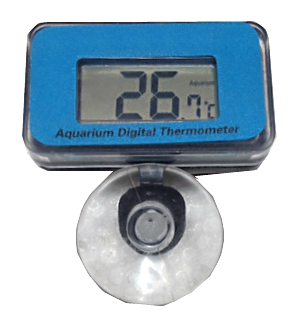
I know of only one successful tilapia fish farm in South Africa that is able to keep a constant water temperature of 25°C to 28°C throughout the year at no additional cost. The farm is situated in the heart of Johannesburg where night temperatures in winter have been known to hit -7°C at times. So how does he manage this? He owns an animal creamtorium, so taps off the heat from that system at no additional cost.
FCR & VIABILITY
FCR (Feed Conversion Rate) is critical for the viability of any Aquaculture Fish Farm operation.
South Africa is still 10 or more years behind in terms of Aquaculture Know-How and Experience. Also because of its climate, the only real option is to use RAS systems instead of the more profitable earth ponds that are the norm in the top Aquaculture countries such as Brazil, Bangladesh and Thailand. All those countries have tropical climates. For this reason, the fish feed suppliers that do exist in South Africa, charge exorbitant fees for high quality fish feed. A good example, was highlighted to me by a friend of mine that runs the biggest tilapia aquaculture operation in Southern Mozambique. He imports all his Fish feed from a manufacturer in Mauritius as it costs 30% less (delivered to farm), than what the South African manufacturer can offer ( a mere 800 Kms away)
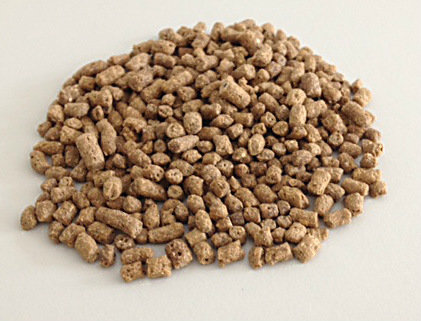
As mentioned before, to achieve anything less than a FCR ratio of 1:1.4 in a RAS system, is almost impossible at the best of times (unless one uses a Biofloc System). So that equates to 1.4Kg of fish feed to produce 1 Kg of fish ! Depending on the size and protein percentage of fish feed in South Africa, as well as order quantity, you will pay between R14 and R20 per Kg (as of 2020)!! So , assuming that you are able to achieve a 1: 1.4 FCR (in reality, almost impossible), you will be paying R16 x 1.4 = R22.40 to produce a 1Kg fish, from fry stage, and this over a period of 8-10 months at best (i.e. Nile tilapia-Oreochromis niloticus). So, if you are able to sell a live fish at R45 to R50, farm gate, there is not much room for error, taking into account all other operational costs.
Also, keep in mind that the stocking density for medium intensity RAS tilapia Fish Farming is 30Kg of Fish per 1000 litres of water. Yes, you can push it to 50Kg per 1000 litres, but then you need reliable high output aerating systems (higher electricity costs) and automatic backup power (i.e. generators). If there is no aeration backup, your fish will be dead within 10-20 minutes at those stocking densities. So assuming you have a 10 000 litre tank stocked with 25Kg of fish per 1000 litres, that equates to 250 Kg of fish that you will be able to harvest from that tank. That will take 8-10 month if you're farming with good quality Nile Tilapia. So if you want to have a rolling monthly harvest of 250Kg of fish, you need to have at least 10 x 10 000 l tanks. You would start by adding fingerlings to tank 1 on month 1, then to tank 2 in month 2 and so forth , until you get to tank 10. On month 10, you start harvesting from Tank 1.
No wonder chicken is still the meat of choice for the masses. One-day-old to fully grown in 28-30 days at a FCR of 1.2 to 1.6.
IS THERE REAL DEMAND?
So assuming that you've managed to grow fish to market size, what now? Is there demand in your market and are people willing to pay a market related price that will generate a profit for your business?
I'm afraid to say that over the past 8 years I have witnessed too many South African "wannabe" fish farmers who have lost fortunes, closed up their operations, and basically given the fish and equipment away. Some of these operations were large with substantial investment. The main reason being THAT THEY COULD NOT SELL THEIR WHOLE HARVEST AT A PROFITABLE PRICE.
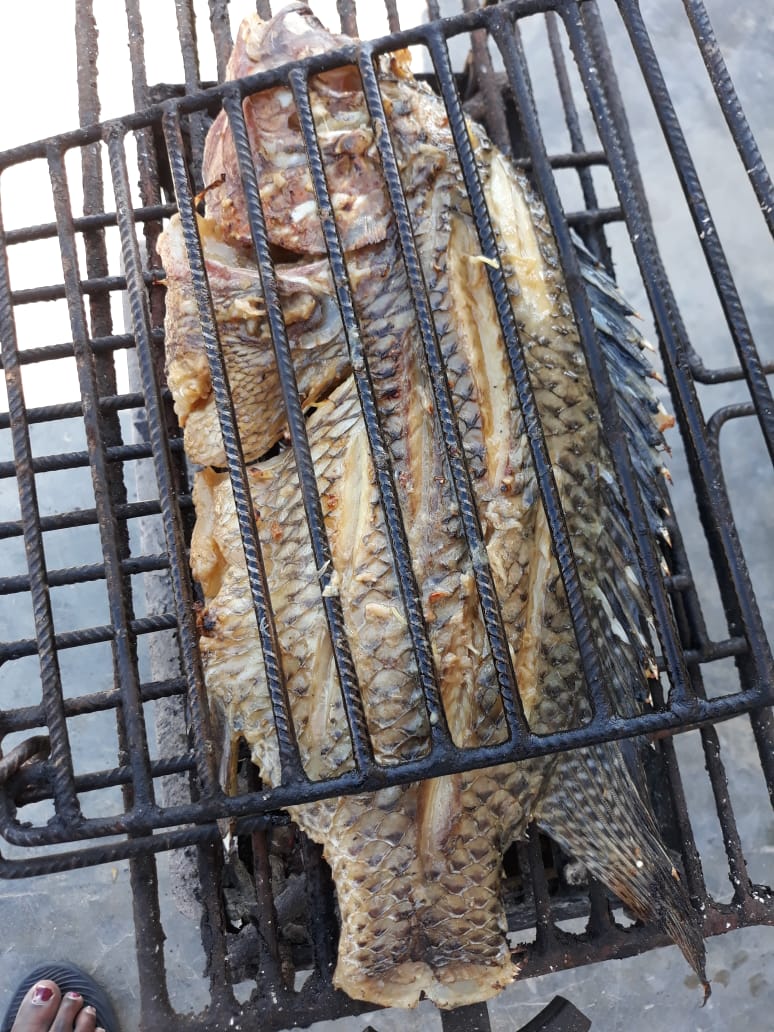
No matter what anybody says, South Africans are not a fish eating nation, they are a nation of meat eaters (and will remain so for as long as chicken remains the cheaper option) . When it comes to fish, the majority of the population sticks to the cheaper hake species. The market for Tilapia and African Catfish is still relatively small. The main consumers of tilapia in South Africa are the Asian, Nigerian and DRC communities. So unless you have an open door into these communities, think very carefully before plunging into aquaculture. It is true that some retailers like Food Lovers Market, now sell whole tilapia, but pricing when compared to hake, make it noncompetitive.
Also keep in mind, that even if Tilapia attracts huge demand in the foreseeable future, one will see an increase in tilapia imports from China and other countries, for as little as US$2 per Kg.
Irrespective, I am not trying to dissuade you from becoming a fish farmer. If its for own consumption, or to feed a community, then go for it and start small scale, keeping all the concerns I have highlighted in mind. Grow with demand
QUALITY OF SPECIES
As previously mentioned, South Africa is way behind the world when it comes to commercial aquaculture. This of course impacts on the cost and quality of all inputs, including equipment, feed and fish species.
3Kg Genetically Improved Farmed Tilapia (GIFT),
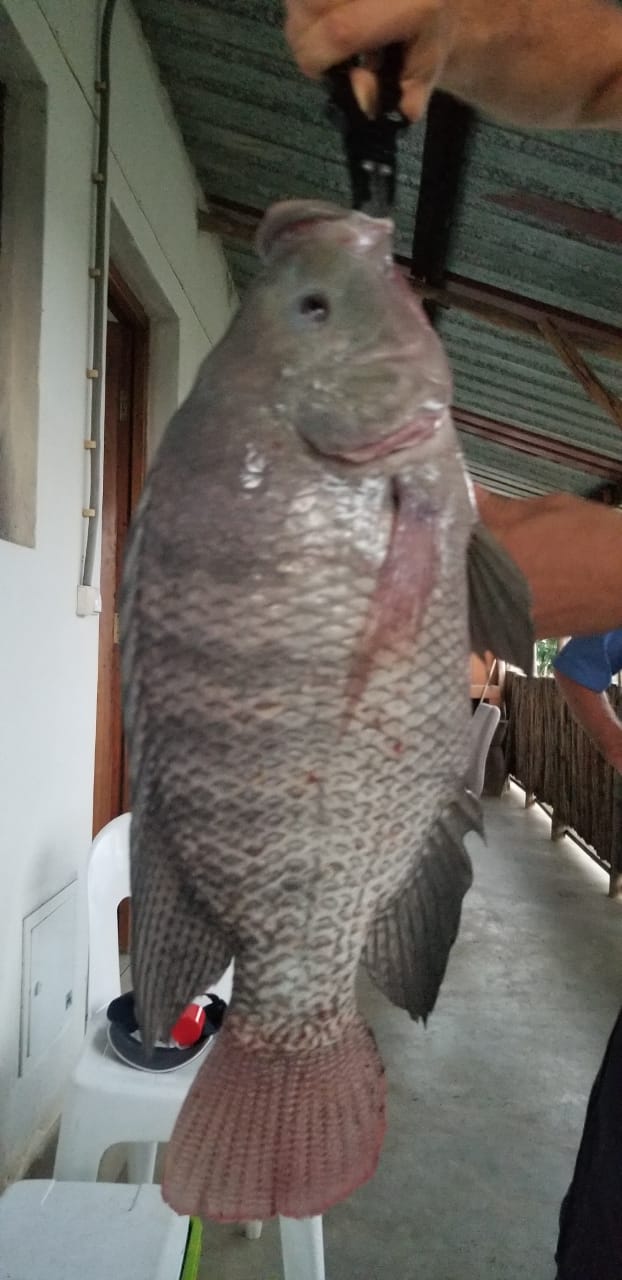
Like cattle farming, that relies on many years of selected breeding to get to good levels of FCR and meat content, successful fish farming is dependant on high quality selected broodstock. The fastest growing tilapia species, the Nile Tilapia, was only introduced into South Africa a few years ago, under very strict regulations . Initial broodstock (probably Genetically Improved Farmed Tilapia (GIFT), was imported by various farmers and uncontrolled supply has since proliferated across the industry. Most of this stock currently in circulation, is bred ad-hoc without any traceable data, science or selection criteria, resulting in inferior strains that will not be fully optimised for the best FCR ratios. Another concern is disease control, very little is happening in the aquaculture industry in South Africa. Tilapia Lake Virus has become rampant in Africa and has decimated large aquaculture operations all over Eastern Africa. Its probably already in South Africa.
Make sure to purchase only certified, disease-free fry or fingerlings from reputable breeders. WARNING: MAKE SURE YOU GET A PERMIT FROM NATURE CONSERVATION, OR YOU MAY RECEIVE HUGE FINES!!!
WHAT IS THE BARE MINIMUM I NEED TO GET STARTED WITH A SMALL SCALE RAS AQUACULTURE FISH FARM?
Fish Tank
The best type of fish tank in South Africa, and the most affordable, is a welded mesh reinforced pvc liner tank similar to the ones below. We would recommend you start with a 10 000 l plus tank. Price on a 13 800l tank here
Of course, you could also start with a Zinc or concrete tank, as already available in many farms. Round tanks are always better than square tanks for cleaning purposes. Having a bottom drain makes it easier to remove solids and uneaten feed from the bottom, but not necessary.
Bottom Drain with Diffuser for aeration
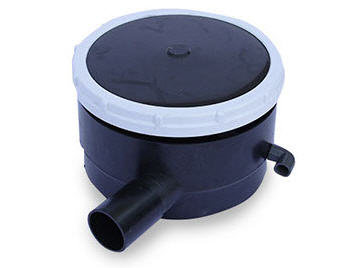
Pump and Filtration System
You will require a powerful water pump that will turn the volume of water in your tank at least once per hour. For a 10 000l plus tank, it would be best to have a centrifugal self priming pump, though some submersible pumps will also do the job.
Every aquaculture system requires two types of filters
- Mechanical Filter (Solid Separator)
- Bio Filter
There are various types of solid separator filters such as Sand filter, Bubble Bead filter, Solid Separator filter, Radial Flow filter (low pressure/flow systems), and for larger tanks and stocking densities, a drum filter. For a 10 000 litre tank, we would recommend a Sand Filter, or a Bubble Bead Filter for higher stocking densities.
Bio Filters are the most important, as without them the ammonia generated by the fish would reach very high levels that would eventually kill them. Bio Filtration houses beneficial bacteria that neutralise the toxic ammonia into non-toxic nitrogen. Bio Filtration is usually installed inline, after the mechanical solid separator filter.
In addition, it is always prudent to install a UV Sterilizer after the bio filtration system, to kill any pathogens or bad algae in the system.
Below is an example of a complete pre-assembled box, with water pump, sand filter, Bio filter and UV Sterilizer.
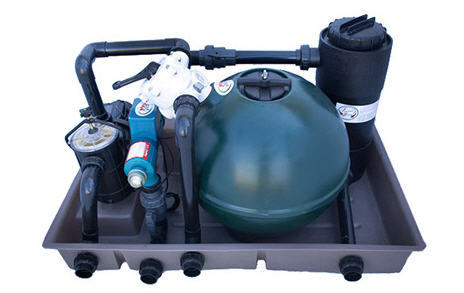
Aeration
You will need an Airpump and some air stones or air hoses to supply enough dissolved oxygen to the fish tank. Tilapia require at least 6mg/l of Dissolved Oxygen. It is therefore important to have a D.O meter to measure the dissolved oxygen levels on a regular basis.
Also ensure that you have a backup air pump running off batteries or a generator in the event of a mains power fail.
Air Bubbles being diffused by airstones in an aquaculture RAS tank
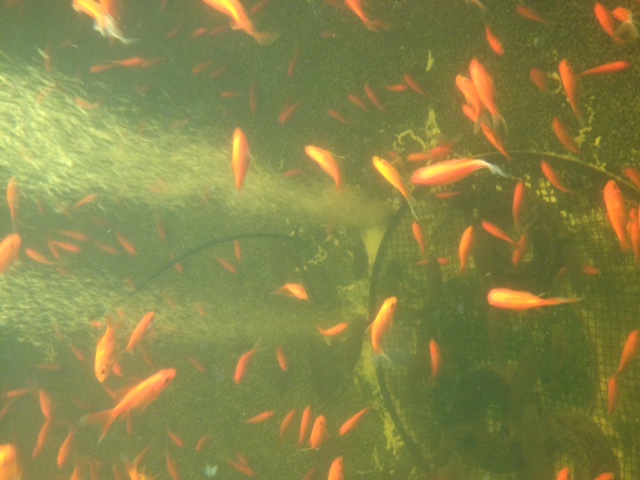
D.O. Meter and pH/Temperature Meter
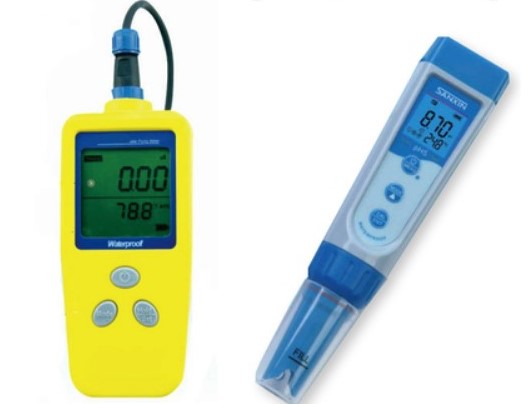
Pipes, Nets and other accessories
To connect your fish tank, pump, filtration system and UV light, you will need pipes and valves. Generally, for a 10 000l tank, 50mm piping will be adequate all around.
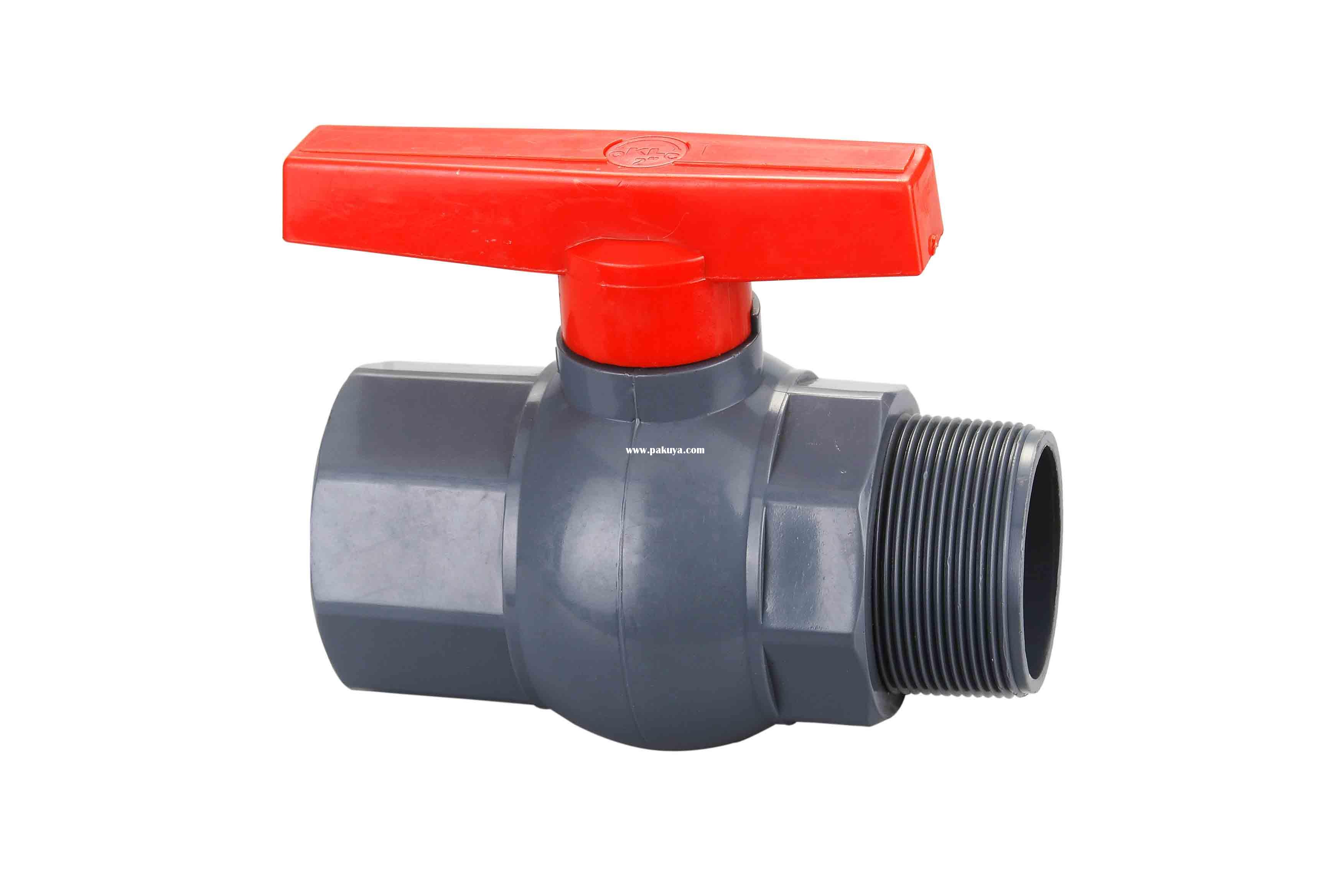
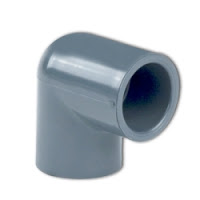
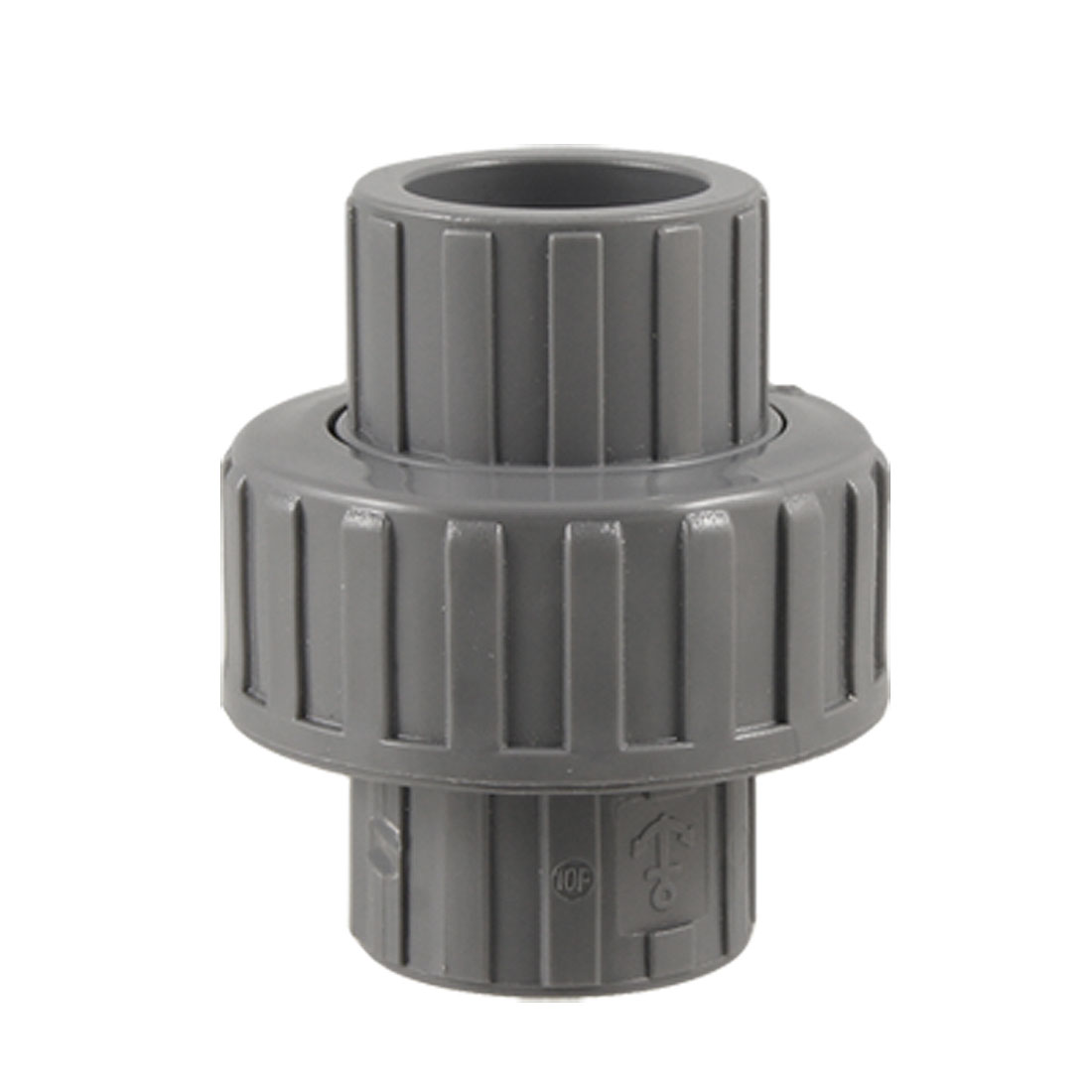
Once all up and running with the re circulation of the water and aeration, its time to add the fish.
Always have a couple of fish nets on standby.
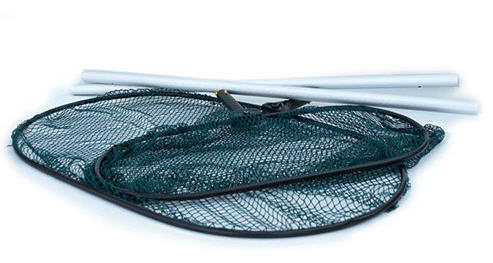
What can I expect to spend on an entry level 13 800 litre tank with water and air pump, filtration and accessories?
As of June 2020, all of the above, excluding transport and installation costs would be in the region of R40 000 to R50 000
So, assuming you have stocked the 13 800 litre tank with 25Kg fish per 1000 litres, you would be able to harvest around 345 Kg of fish every 8-12 months. Further assuming that you would sell into the market at a R10 net profit per Kg, you would make R3 450 (or R3 450 per month if you had 10 such tanks).
So yes, one tank could produce a good amount of protein for a family or small community, but certainly not commercially viable.
We trust that this Blog Post will help you to make an informative decision if you're considering getting into the risky business of RAS Aquaculture in South Africa.


